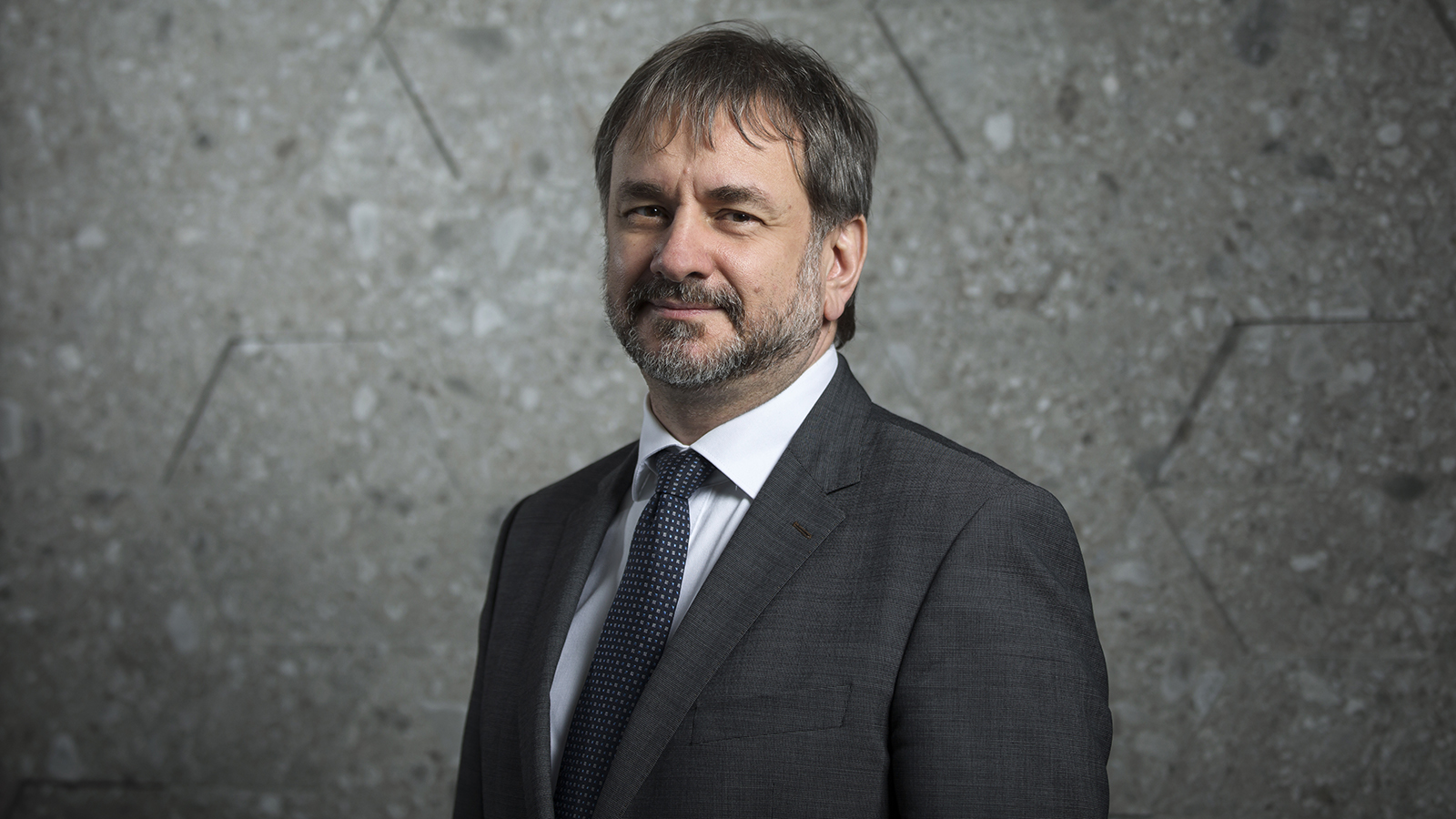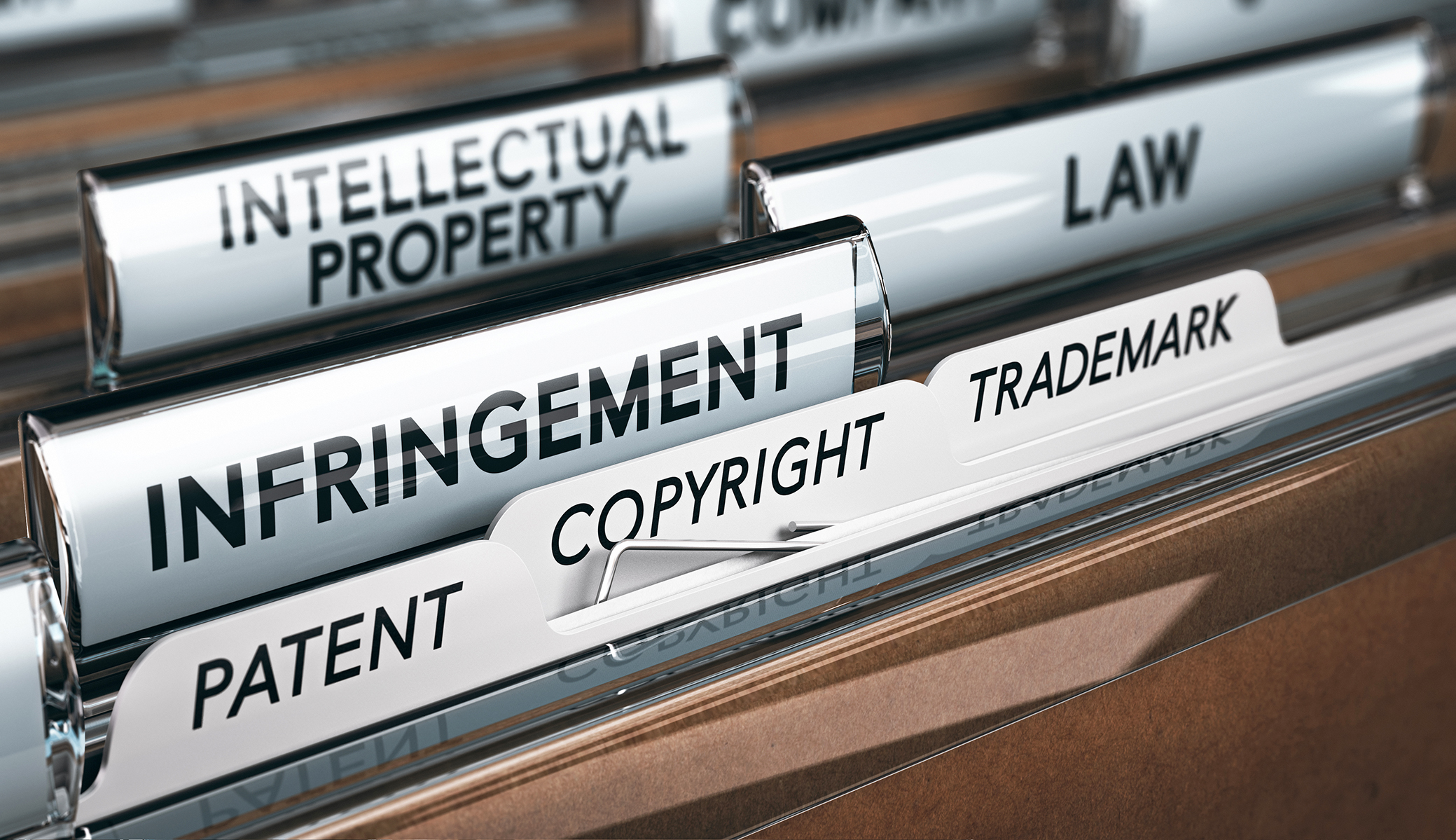Innovation, R&D and Intellectual Property

Gyula Pomázi, President of the Hungarian Intellectual Property Office.
Photo by Balázs Mohai.
Many of today’s successful Hungarian businesses started with an innovation, a spark of what would become a well-known company abroad. But those innovations need to be protected so the owners can retain the revenues. How can this be achieved? Gyula Pomázi, President of the Hungarian Intellectual Property Office, gives the Budapest Business Journal the answers.
BBJ: What are the main categories of intellectual property rights, and what do they protect?
Gyula Pomázi: Patent protection ensures an exclusive right to exploit new and industrially applicable solutions involving an inventive step in any field of technology. For example, a product or piece of equipment and its application, as well as the processes related thereto, may be patentable. Patent protection is valid for up to 20 years in the country where it was granted. A patent valid in Hungary may be obtained via a national or European application or by an application submitted within the framework of the Patent Cooperation Treaty (PCT).
Utility model protection is legal protection for new technical innovations not reaching the level of a patentable invention. A further difference is the duration of protection (limited to 10 years) and the fact that, currently in Hungary, only the configuration, construction, or arrangement of objects or their parts can benefit from utility model protection, not processes or chemical products, for example.
Trademark protection ensures an exclusive right to use any sign (such as words, including personal names and slogans; letters; images; two- or three-dimensional shapes, including the shape of goods or of their packaging; colors; sounds; moving images, etc.), provided that it is capable of distinguishing goods or services, and can be represented in the trade mark register appropriately. Trademark protection can be extended indefinitely.
Design protection may be granted for the appearance of a product that is new and has an individual character. No design protection is given to designs whose features or appearance are solely dictated by the technical function of the product. Design protection is granted for five years and is renewable for up to 25 years.
Copyright protects any individual, original work originating from creative intellectual activity in the fields of literature, science, and art, as well as performances related to their use (performances by musicians, actors, sound recordings, and programs by radio and television organizations) through so-called related rights. The copyright will belong to the person who created the work (the author). If several authors collaborate, they exercise their rights jointly, except when the parts of the common work can be used independently. As a fundamental rule, in Hungary, the author’s rights enjoy protection during their lifetime and for 70 years after dying (in other countries, this period can be longer or shorter). After the death of the author, the rights may be exercised by their heirs.
It is true in the case of all forms of intellectual property rights that after the protection has terminated, the innovation becomes part of the public domain.
More information on all these forms of protection (and those not mentioned here, such as plant variety protection, supplementary protection certificates, and geographical indications) can be found in English on www.sztnh.gov.hu/en, the website of the Hungarian Intellectual Property Office (HIPO in English, SZTNH in Hungarian).

BBJ: How long is a procedure, and at what stage does it come into effect?
GyP: Patents are granted in a two-stage procedure: the first stage, during which the application is not yet public, typically lasts 18 months, during which time the formal examination of the application and the novelty search is carried out. This period also gives the applicant the opportunity to consolidate its market position. The second, substantive examination stage may last from six months to one or two years, depending on the problems encountered.
In the case of a utility model protection, HIPO conducts a partial examination in a single-stage procedure: the 18-month period of the patent procedure is skipped, and the office does not examine the existence of novelty or an inventive step. The grant procedure is, therefore, much faster (on average, about six months).
In the first stage of the trademark registration procedure, the applicant has 30 days to pay the application fee. That is followed by a formal examination of the application, including a comparison with earlier trademarks. Before protection is granted, there is a further three-month period for third parties to file any opposition against the registration.
On average, it takes five months to obtain design protection, but if the application and the accompanying representation meet the legal requirements and there is no need to issue an invitation to make a statement or remedy deficiencies, the protection can be granted as soon as one or two months after the filing date.
Copyright protection arises automatically at the time of the creation of the work and does not need to be registered. However, it is possible to apply to a so-called voluntary register, which can be used to prove authorship at a later stage.
BBJ: What happens if two procedures are started for a similar or identical innovation?
GyP: In the case of patents and utility models, if two applicants file the same invention/model with a different priority date, only the earlier application will be granted, as the later application will no longer be “new” in the light of the earlier application. Suppose the two inventions/models are only similar. In that case, a problem arises only if the earlier application has already been published before the later application is made, because then the eligibility for protection of the latter must be assessed in the light of the earlier solution.

BBJ: Are there any shortcuts to the full procedure?
GyP: Yes, “accelerated” and “special accelerated procedures” can be requested in trademark applications for an additional fee. In the case of the accelerated procedure, HIPO allows the client shorter time limits for filing a declaration and publishes the application earlier, while in the case of the special accelerated procedure, the office also registers the sign as a trademark at the same time as the publication.
In the patenting procedure, the applicant may request that the office publish the application earlier than the default 18 months, which can significantly speed up the process. If the applicant files the request to complete the second, substantive stage of the procedure before the prescribed time limit, that can also shorten the grant procedure by up to six months.
BBJ: How does HIPO support research and development?
GyP: In recent years, Hungary has seen a surge in the number of companies working in the field of research, development, and innovation and achieving increasingly visible results. The office’s intellectual property diagnosis service is recommended to everyone; in the course of such diagnosis, it assesses whether the business in question has any intellectual creations that could benefit from protection.
Technical innovation can be made more efficient if companies apply for R&D certification for projects even before work starts, as this will not only allow them to get tax breaks but also make it easier to obtain project funding, and there will be future calls for R&D tenders that will require such certification.
Thematic research can also help innovators to identify the knowledge base in a given field at an early stage to help them set the direction of an R&D project. In the later stages of the innovation process, HIPO also provides several services (for example, an R&D expert opinion, a novelty search supplemented by a patentability opinion, a freedom-to-operate search, or a trademark search) to help domestic innovation flourish.

BBJ: Does the EU have programs to support IP protection for SMEs? What are the deadlines?
GyP: Yes, the SME Fund is an EU support program to promote intellectual property rights (IPR) for small- and medium-sized enterprises in the European Union by financing trademark, design, and patent procedural fees (up to EUR 2,250). The SME Fund is a European Commission initiative coordinated by the European Union Intellectual Property Office, and the current application cycle runs until December 16, 2022.
In addition, the 2020-1.1.3-IPARJOG call for proposals announced by the National Research Development and Innovation Office for budgetary bodies, enterprises, and non-profit organizations, and the 2021-1.1.1-IPARJOG call for proposals for individuals are sources of domestic support in the fields of patents, utility models, plant varieties, and trademarks and designs for obtaining domestic and foreign protection. The next deadline for both calls is December 30, 2022.
This article was first published in Invented in Hungary 2022-2023 on December 2, 2022.
SUPPORT THE BUDAPEST BUSINESS JOURNAL
Producing journalism that is worthy of the name is a costly business. For 27 years, the publishers, editors and reporters of the Budapest Business Journal have striven to bring you business news that works, information that you can trust, that is factual, accurate and presented without fear or favor.
Newspaper organizations across the globe have struggled to find a business model that allows them to continue to excel, without compromising their ability to perform. Most recently, some have experimented with the idea of involving their most important stakeholders, their readers.
We would like to offer that same opportunity to our readers. We would like to invite you to help us deliver the quality business journalism you require. Hit our Support the BBJ button and you can choose the how much and how often you send us your contributions.









